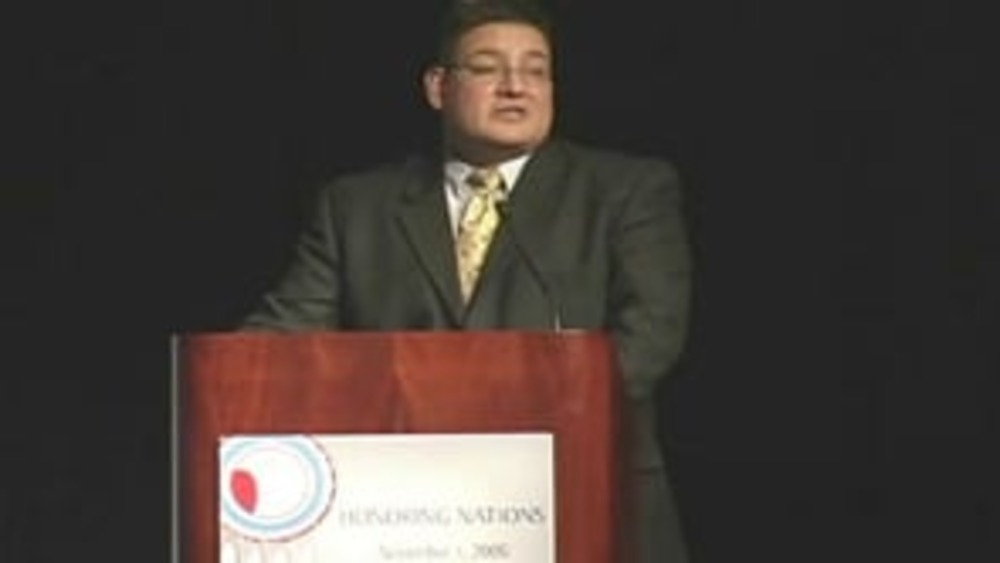Indigenous Governance Database
fuel tax
Thumbnail

Honoring Nations: Mark Graham: Navajo Nation Sales Tax
Mark Graham, former executive director of the Office of the Navajo Tax Commission, presents an overview of the Navajo Nation Sales Tax to the Honoring Nations Board of Governors in conjunction with the 2005 Honoring Nations Awards.
